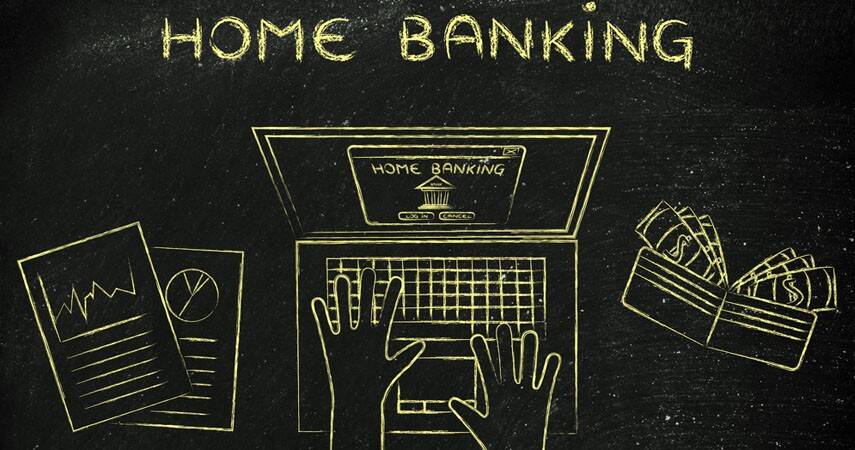With a slight increase in the housing sale, the struggling real estate market seems to be coming back on track. As per experts, this was the right time to buy property with home loan interests at a record low, the slowdown in the realty market have held back the property price and in order to sell unsold inventories, developers are offering several lucrative and better deals to earn money to handle the financial crunch. But when few of the top lenders- two public sector banks and one private sector bank have increased their marginal cost of funds-based lending (MCLR) rates or lending rates, then this good time seems to be somehow hampered.
Banks usually offer home loans based on one, two and three year MCLR rates. State Bank of India (SBI) has increased its one-year MCLR rate from 7.95 percent to 8.15 percent, Punjab National Bank (PNB) has hiked its one-year MCLR rate to 8.30 percent from 8.15 percent whereas ICICI Bank has increased its one-year MCLR rate from 8.20 percent to 8.30 percent. The increased MCLR rates are effective from March 1.
Let’s understand how this increased MCLR rate will impact on the borrowers.
The new home loan borrowers will get the home loan based on the new rate; however, the rate for the existing borrowers will be changed accordingly resulting in a higher equated monthly instalment (EMI). If you as a borrower thinking to transfer your loan to some other bank then this also might not be a good option, as soon or later the other banks are likely to follow the same steps and increase their rates as well. So, sticking with the same bank will be a better option.
Will the rates increase further?
Some experts are of a view that these increased rates by few banks might be an end to the era of low home loan rates. While some other experts suggest that the rates might not get increased further. But the only option remains to wait and watch.
Buyers before making the purchase decision need to thoroughly research the market dynamics be it the real estate sector or the home loan domain.







